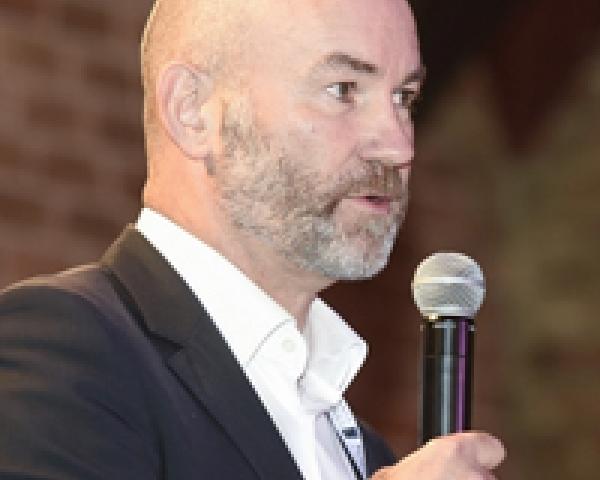 The first wave is based on a distribution model where "friends and family" risk pools self-insured each other's deductibles to lower premiums.
Then we saw the carrier model, wave 2. Here, the pools are the primary bearers of risk, and they share in any retained premiums not paid out in claims.
Wave 3 is the self-governing model, A back-to-the-future model that takes us further toward a mutual insurance than we’ve seen to-date.
To find out more, I Skyped with Alex Paperno, the co-founder of Teambrella, the Russian InsurTech that uses Bitcoin to hold client money.
This article appeared in The Digital Insurer.
The first wave is based on a distribution model where "friends and family" risk pools self-insured each other's deductibles to lower premiums.
Then we saw the carrier model, wave 2. Here, the pools are the primary bearers of risk, and they share in any retained premiums not paid out in claims.
Wave 3 is the self-governing model, A back-to-the-future model that takes us further toward a mutual insurance than we’ve seen to-date.
To find out more, I Skyped with Alex Paperno, the co-founder of Teambrella, the Russian InsurTech that uses Bitcoin to hold client money.
This article appeared in The Digital Insurer.3rd Wave of P2P Insurance
P2P insurance has already evolved through two generations in six years. Now comes the third generation: the self-governing model.

 The first wave is based on a distribution model where "friends and family" risk pools self-insured each other's deductibles to lower premiums.
Then we saw the carrier model, wave 2. Here, the pools are the primary bearers of risk, and they share in any retained premiums not paid out in claims.
Wave 3 is the self-governing model, A back-to-the-future model that takes us further toward a mutual insurance than we’ve seen to-date.
To find out more, I Skyped with Alex Paperno, the co-founder of Teambrella, the Russian InsurTech that uses Bitcoin to hold client money.
This article appeared in The Digital Insurer.
The first wave is based on a distribution model where "friends and family" risk pools self-insured each other's deductibles to lower premiums.
Then we saw the carrier model, wave 2. Here, the pools are the primary bearers of risk, and they share in any retained premiums not paid out in claims.
Wave 3 is the self-governing model, A back-to-the-future model that takes us further toward a mutual insurance than we’ve seen to-date.
To find out more, I Skyped with Alex Paperno, the co-founder of Teambrella, the Russian InsurTech that uses Bitcoin to hold client money.
This article appeared in The Digital Insurer.






